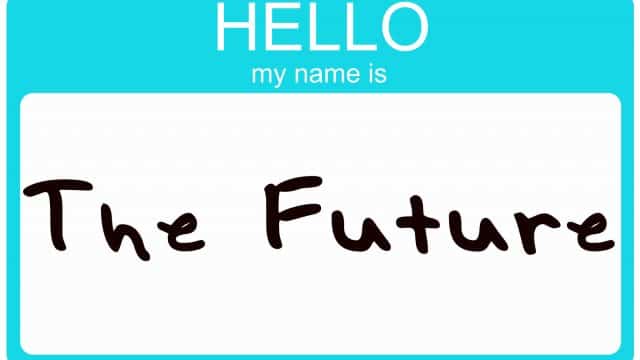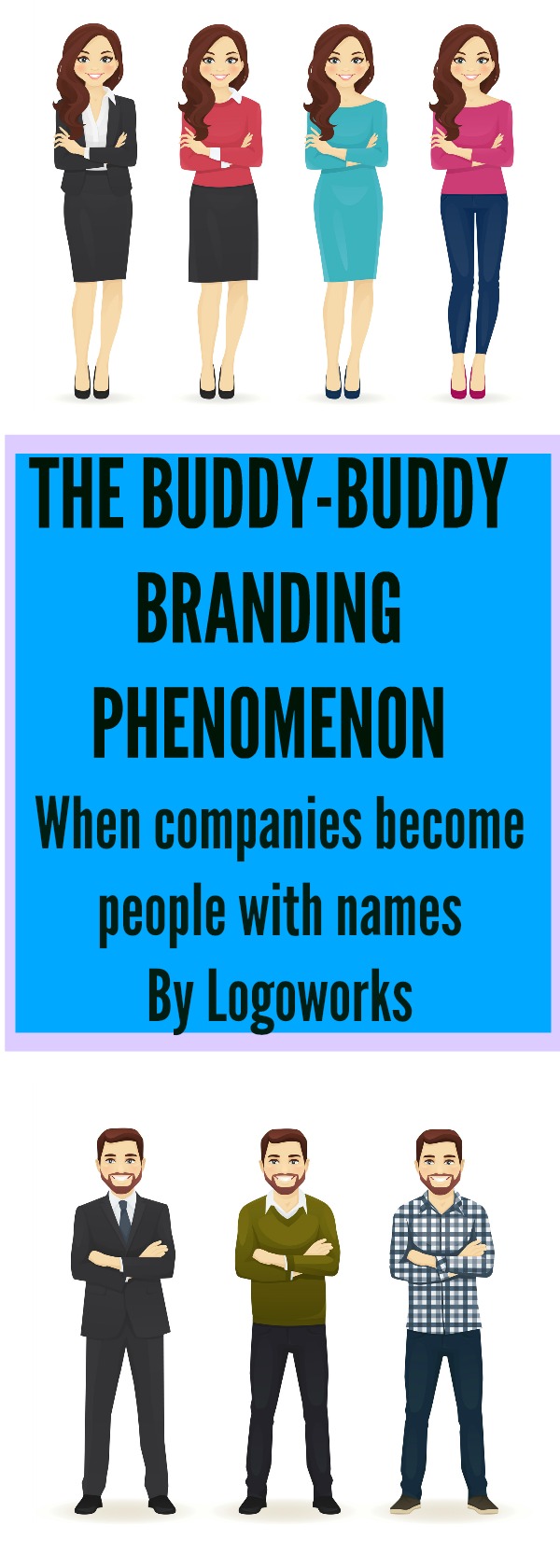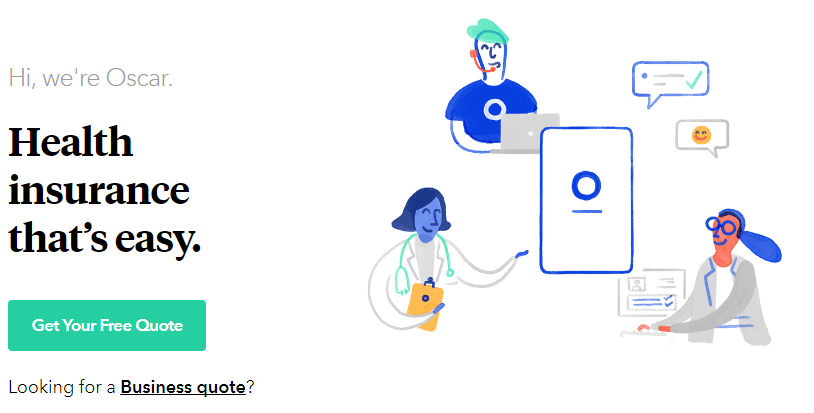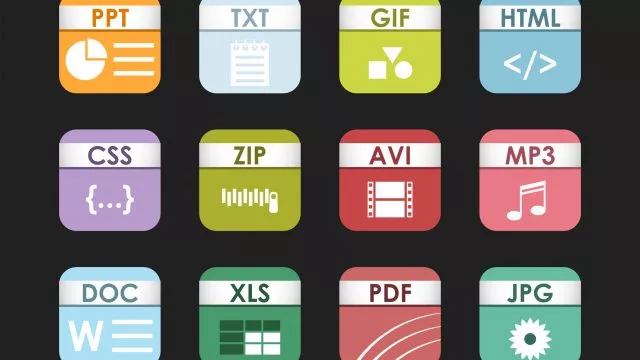Marcus is the guy who handles your loans. Alexa is the lady that orders your Amazon stuff and Siri’s the one friend who tells bad jokes. Mr. Cooper is that kind old neighbor you grew up with that taught you how to go fishing, and TED gives you some really awesome advice when you’re feeling a bit low, or if you need some inspiration.
No longer is Wal-Mart or Sony your best brand friend – companies want to be your buddy, so they’re starting to gain something that defines someone as a friend: first names. No more Hershey’s, or Wal-Marts, or Targets.
Dave, a new financial app that helps users escape the ever-tight bonds of overdraft fees by using complicated and fascinating algorithms, was named Dave because “we wanted people to think of the app as a friend they can turn to when they’re in a financial bind.” Need a few bucks? Ask Dave.
While it’s possible that it’s just a trend, we don’t think so: in fact, we think this personal connection strategy is a way that people are finally getting back to connecting with people, despite rules, huge customer service teams, and robots that can activate your credit cards for you. People are feeling disconnected, and that’s alarming to some – so big companies are harnessing data to start responding more personally to the people they need as clients.
However, there is a catch. While a naming scheme is immensely helpful, it doesn’t mean it’s the end all. It’s just a start. And if you’re going to buddy up with some company named Sam, it better be because you trust that company like you would a friend.
In fact, that’s the whole point.
So in order for that process to work, there has to be an exchange. So how does a company live up to the authenticity of a human name?
Personal History
Recently, Nationstar has rebranded themselves entirely into an entity that is affectionately named “Mr. Cooper“. The home loan company has been around for two decades and has a long, established history with clients and customers. In fact, Mr. Cooper now has over three million customers on its books.
In addition to the name change, Mr. Cooper took their new name and ran with it. Their website was rewritten to be more friendly. On the “About Us” page, it states: “we realized the industry is in need of change and we’re making it. Watch our transition,” dropping the normal formal tone for the more friendly “we”. That feel infiltrates everything that “they” write on the website, and they still have the 20 years of knowledge behind them. This friendliness is felt in each and every communication and has resulted in positive trends for the company. Really positive trends.
Be Friendly and Positive – Like a Person
We all know not everyone is friendly and positive all of the time, but when speaking to people they’re just meeting, they often are pleasant. A company must put their most friendly foot forward to back up their “Oscar” name. Speaking of Oscar, there’s this excellent new health insurance company that, in fact, is almost huggable.
Hey, Oscar.
They simplify something that is deeply confusing and complicated, and they make sure they instill the fact that they are all about real people on every bit of their website.
Respect the Differences Inherent in Your Customer Base
Fairly new clothing brand LuLaRoe might not have a common name (though the name is inspired by the three granddaughters of the founders – it’s all of their names smushed together), but they acknowledge differences in the needs of their customers gracefully and tactfully. All of their clothing pieces are named after real people that inspired the pieces in the first place, and all of their clothing pieces come in sizes that will fit any woman from size 0 to size 26. While they’ve had some growing pains and some changes have not been well-accepted by consultants that sell the brand, LLR overall is absolutely not “one size fits all”. All of their pieces are unique, tailored to any audience member who wants to wear them, with real names that inspire confidence in the brand.
While this naming convention has a limit – the average person can only “know” 150 people at any given time, and all of these first-name companies are bound to fill some of those slots in our heads – the opportunity to continue to create authentic, approachable experiences with clients through a company lense is endless. That often starts with a guy named John who can help you fix your car.
In the end, it comes down to customer service. Really, it does. But how are you going to get customers to serve if you aren’t approachable? This new “human factor” may change the game forever.





